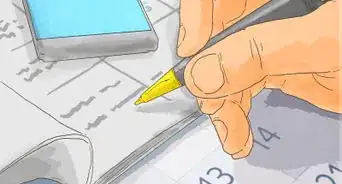This article was co-authored by Clinton M. Sandvick, JD, PhD. Clinton M. Sandvick worked as a civil litigator in California for over 7 years. He received his JD from the University of Wisconsin-Madison in 1998 and his PhD in American History from the University of Oregon in 2013.
There are 11 references cited in this article, which can be found at the bottom of the page.
This article has been viewed 32,934 times.
As a tenant, you have many rights which your landlord cannot violate. When a landlord does violate your rights, you can claim a violation by writing a letter to your landlord. The purpose of the letter is to notify the landlord of the violation and to give him or her a chance to stop the violations. Although a letter may be successful, you should nevertheless document the violation and be prepared to sue if necessary.
Steps
Documenting the Violation
-
1Identify possible violations. A landlord can violate your rights as a tenant in a variety of ways. The most common is to violate your right to privacy. According to most state and local laws, a landlord must give you written notice before entering your apartment. However, you may have other rights, depending on where you live:[1]
- The right to have the property maintained. The apartment should be kept clean and in good repair. Any necessary repairs should be made promptly.
- The right to heat and hot water. When hot water is provided, it must be made available 24 hours a day. Heat should be sufficient to maintain a comfortable temperature.
- The right to fair treatment of your security deposits. You should be told where your security deposit is being held. The landlord should also return it to you in a timely manner after withholding allowable deductions, such as owed rent.
- The right to reasonable subleases. In some states, you have the right to sublease. Although you need to get the landlord’s permission before subleasing, the permission cannot be withheld unreasonably.
- The right to be free from lock-out. If you fail to pay rent, then your landlord must bring a lawsuit in court to evict you, not change the locks on you.
- The right to be protected from a retaliatory eviction. If you complain to health and safety officials about the conditions of your apartment, your landlord cannot evict you.
- Other rights created by your lease or the applicable law. You should read your lease and your state/city’s laws to understand your full list of rights as a tenant.
-
2Check if you were given notice. If you are claiming a violation of your right to privacy, then check if your landlord gave you notice. Your state and local law will determine what kind of notice your landlord must give before entering the apartment. The law should also explain how much advance notice your landlord must give you.
- For example, in Washington a landlord must give you at least 48 hours’ notice before entering your apartment, or 24 hours’ notice before entering to show your apartment to a prospective tenant.
- The notice must also tell you the date and time of entry.
- Go through your papers and see if you were given a written notification. Most laws require written notification, not oral.
Advertisement -
3Save evidence of entry. You may not have been home when the landlord entered your apartment. You should therefore save any evidence you have that shows the landlord entered your apartment. If a neighbor heard or saw the landlord, then take down the witness’s name and contact information.
- The landlord may have broken something in your apartment. Take photographs of the broken object.
- Landlords have a right to enter for emergencies. If this happens, then ask the landlord for any evidence of the emergency. He or she should be able to provide you with it. (For example, a neighbor may have heard your smoke alarm going off.)
-
4Document other violations. If you want to sue your landlord, you need evidence. It isn’t enough to go into court and simply claim that the landlord violated your rights. Your landlord could just as easily deny having committed any violation. Accordingly, hold onto documents or other evidence that shows a violation.
- For example, if your landlord refuses to return a security deposit, then take photographs of your clean apartment. Also try to get the testimony of someone who helped you clean the apartment.[2]
- If you were locked out, then you can call the police. The law strictly prohibits a landlord’s ability to lock you out of your apartment. You should get a police report if necessary.
Notifying Your Landlord of the Violation
-
1Talk to your landlord. Depending on the seriousness of the violation, you may want to talk to your landlord first. If you have a good relationship, your landlord will probably appreciate a conversation first instead of a letter.
- After the conversation, you can send a short note summarizing your understanding of what was said. State your understanding of when the violations will be fixed.[3]
-
2Draft a letter. You should notify your landlord in writing of any violation. To protect your rights, you must put your landlord on notice of the violations and make a request that the landlord stop violating your rights.
- There are many form letters on the Internet that you can look at. Try to find one for your state, as your state law might have specific requirements about what you should include in the letter.
-
3Open a word processing document to begin. You should make your letter a standard business letter. Open a blank word processing document and set the font to a comfortable size and style. Times New Roman 12 point is fairly standard.
- Make sure that the letter is aligned to the left-hand margin. Instead of indenting each paragraph, double space your paragraphs in a block style.
-
4Insert date and address. At the top, insert the date you are writing. Then space down two lines and insert the landlord’s business address.
- Two lines down from the address, insert the salutation, “Dear Mr. Smith.”[4]
-
5Explain the violations. In the first paragraph, you should explain the violations. Be as specific as possible. Include dates and times.[5] You might also explain how much the violations have inconvenienced you.
- For example, you could write, “On April 22, 2015 at 12:15 pm and April 24, 2015 at 9:50 am, you entered my apartment without providing any written notice. There was no emergency and you seemed unable to explain why you needed to come into my apartment. Usually, I am at work at those times but was home sick. Being intruded upon in this manner caused me considerable anxiety.”
-
6Outline the law. In the second paragraph, you need to remind the landlord about the applicable law. This information will depend on the state or city in which you live.
- For example, if you live in California, then you could write, “I am writing this letter to formally notify you that you have violated by right to privacy, which is guaranteed by Section 1954 of the Civil Code. In the future, I would like to receive the required 24 hours’ notice before you enter my apartment for non-emergency reasons.”[6]
- If your unit is too cold, you could write, “As required by city ordinance, you must adequately heat my rental unit so that the temperature does not fall below 68 degrees during the day and 55 degrees at night. Several times over the past week I have woken up to an apartment with temperatures in the 40s. I am writing to request that you properly heat my unit.”
-
7Conclude the letter. In conclusion, you should tell your landlord that he or she can contact you and the time when it would be convenient.
- You could type, “This notice should be sufficient to correct the violations. If you need to talk with me, please call me at work at 555-5555 between 8:30 am and 4:30 pm. You can also email me at jon@jonsmith.com.”[7]
- Space down two lines and then insert “Best” or “Yours truly” and then insert your name below.
-
8Mail the letter. You should send the letter to your landlord certified mail, return receipt requested so that you will have proof that the landlord received it. In some states, once the landlord is on notice of the violation, you can sue in court for any subsequent violation.
- Hold onto a copy of the letter and staple the return receipt to the letter.
Complaining to a Government Agency
-
1Find the appropriate agency. You can report violations of state or municipal housing codes. Typical violations you can report include failure to provide adequate heat or hot water, unsanitary conditions such as mold or vermin, missing or broken doors and windows, as well as other health or safety issues.
- You should contact a government agency only if the landlord violates a government regulation. Your landlord might make an agreement with you that is not required by law. For example, your landlord might agree to paint your walls and include that provision in the lease. In this situation, your right to freshly-painted walls is created by your lease, not by government regulations. Accordingly, you should not complain to a government agency.
- To find the appropriate agency, search the phone book under “Government.” Look for “Housing.” You can also search the Internet. Type “report housing violation” and then your city or state.
-
2Call the agency. Many agencies provide hotlines that you can call to report building code violations. In New York City, for example, you can call 311.[8]
-
3Report online instead. An agency may also provide an email address or an online complaint form. New York City’s website, for example, is http://www1.nyc.gov/311/index.page. You can click on “Make a Complaint” at the left and then select “Get help with Your Home” from the drop down menu.
- Los Angeles also has an Online Service Request option.[9]
-
4Meet with an inspector. The state or city may send out an inspector for you to meet with. The inspector will walk through the apartment or the entire building. You should try to be available to meet at any time.
- Having a government official observe violations can be powerful evidence in case you want to sue at a later date. Try to get a copy of the inspector’s report, if possible.
Suing in Court
-
1Think before suing. Although your law may give you the right to sue for a violation of your rights, you may be creating more problems by doing so. Bringing a lawsuit will certainly strain your relationship. If you hope to continue to rent from the landlord, then you should think carefully before suing.
-
2Seek legal assistance. If you want advice about whether or not bringing a suit to remedy a claimed violation, then meet with a lawyer. A lawyer can advise you of your rights and help you come up with realistic solutions. For example, if your relationship with your landlord is bad, then you might want to move at the end of your lease.
- To find a landlord-tenant lawyer, you can visit your state’s bar association, which should have information on how to find attorneys. Your state’s bar association may also run a referral service.
- Costs may be a concern. However, in many states a lawyer can offer “unbundled” legal services. Under this arrangement, the lawyer does only the work that you give him or her. For example, you could hire a lawyer to coach you.[10] You can also hire a lawyer to look over your lease or any forms that you file with a court.
-
3Consider mediation. Instead of going to court, you can try to settle your dispute with your landlord through mediation. In mediation, you meet with a neutral third-party, called the “mediator.” The mediator is not a judge and does not decide who is right or wrong. Instead, the mediator listens to each side and tries to nudge landlords and tenants to mutually satisfying solutions.[11]
- During mediation, each side will be allowed to discuss any issue it finds relevant. You and your landlord are also encouraged to discuss your emotions. Sometimes, a solution presents itself early on in the mediation once each side is allowed to blow off some steam.
- If no resolution is reached easily, then the mediator might meet with you and the landlord in separate rooms. The mediator then shuttles back and forth, discussing what each party wants. Once the parties are close to agreement, everyone meets with the mediator together in order to find a solution.
- You can find mediation services for landlord-tenant disputes by calling your city manager’s office or mayor’s office.[12] You may also want to stop into your local courthouse and ask. These programs should be offered either for free or for a very low fee.
-
4Find the correct court. If you want to go ahead with a lawsuit, then you must find the correct court to bring suit in. Depending on where you live, you will probably sue in small claims court or in housing court.
- Small claims courts have caps. Depending on your state, the cap could be anywhere from $4,000 to $10,000.[13] If you are suing for more money than the cap, then you will need to sue in regular civil court.
-
5File your complaint. Courts should have printed “fill in the blank” forms for you to use. Stop into court and ask the court clerk for the complaint form. You start a lawsuit by filing a complaint. In the complaint, you allege each of your landlord’s violations and request relief. You file the completed complaint with the court clerk.
- You will probably have to pay a filing fee. Ask the court clerk for the fee amount. If you cannot afford it, then ask the court clerk for a fee waiver.[14]
- You will also need to serve notice of the lawsuit on your landlord. Ask the court clerk for acceptable methods of service. Typically, you can serve notice by having someone 18 or older personally serve a copy of the complaint and a summons on the landlord. There are time limits to serving notice. Ask the court clerk for how much time you have. It is generally a good idea not to wait.
-
6Represent yourself in court. Small claims and housing courts have been designed so that you can seek relief without a lawyer’s assistance. The key to winning your case will be having sufficient documentation and evidence of the violation.
- Gather all evidence: your letters to the landlord, any photographs or video, and the names of witnesses. If you need to compel a witness to attend, then ask the court clerk for a subpoena and serve the subpoena on the witness.
- For information on how to represent yourself in small claims court, see Win in Small Claims Court.
References
- ↑ http://metcouncilonhousing.org/help_and_answers/statutory_rights_of_residential_tenants_in_new_york
- ↑ http://www.nolo.com/legal-encyclopedia/free-books/renters-rights-book/chapter13-4.html
- ↑ http://www.nolo.com/legal-encyclopedia/sample-letter-when-landlord-violates-tenant-privacy.html
- ↑ http://www.nolo.com/legal-encyclopedia/sample-letter-when-landlord-violates-tenant-privacy.html
- ↑ http://www.tenantsunion.org/pdf/Sample_Letter_Invasion_of_Privacy_--_updated.pdf
- ↑ http://www.nolo.com/legal-encyclopedia/sample-letter-when-landlord-violates-tenant-privacy.html
- ↑ http://www.nolo.com/legal-encyclopedia/sample-letter-when-landlord-violates-tenant-privacy.html
- ↑ http://www1.nyc.gov/site/hpd/renters/complaints-and-inspections.page
- ↑ http://ladbs.org/LADBSWeb/services-code-enforcement.jsf
- ↑ http://www.nolo.com/legal-encyclopedia/tenants-renters-rights-lawyer-29980.html
- ↑ http://www.nolo.com/legal-encyclopedia/free-books/renters-rights-book/chapter13-2.html
- ↑ http://www.nolo.com/legal-encyclopedia/free-books/renters-rights-book/chapter13-2.html
- ↑ http://www.nolo.com/legal-encyclopedia/free-books/renters-rights-book/chapter13-4.html
- ↑ http://www.courts.ca.gov/selfhelp-feewaiver.htm
- ↑ http://real-estate-law.freeadvice.com/real-estate-law/landlord_tenant/constructive_eviction.htm


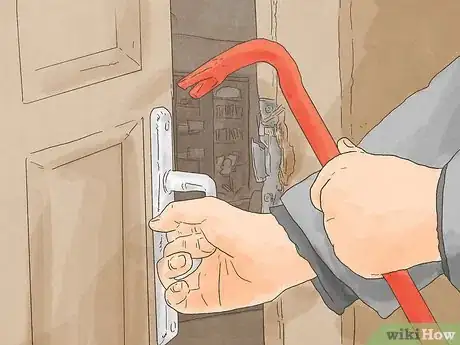




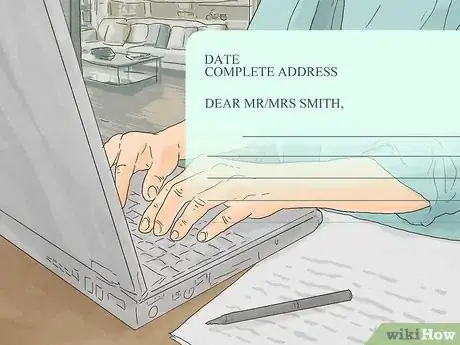


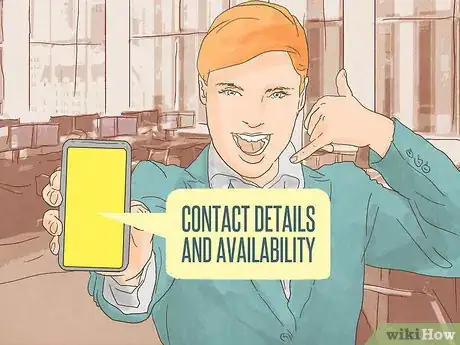
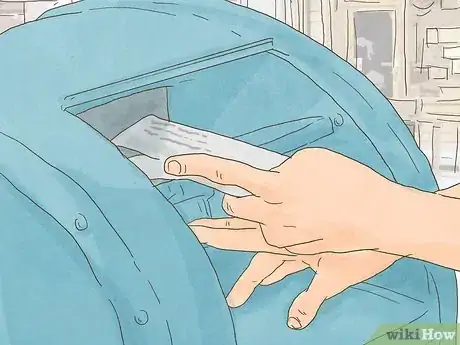

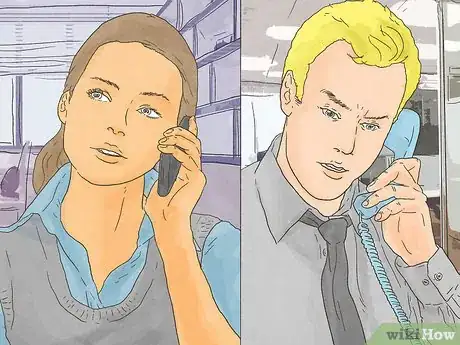





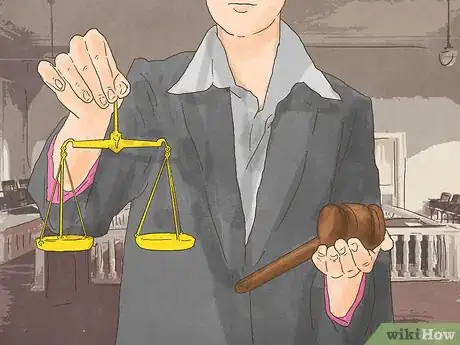

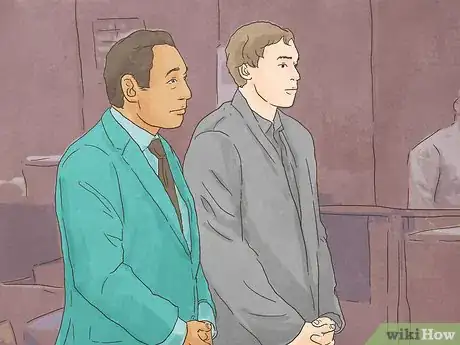






-Step-10.webp)




